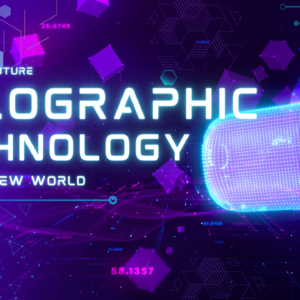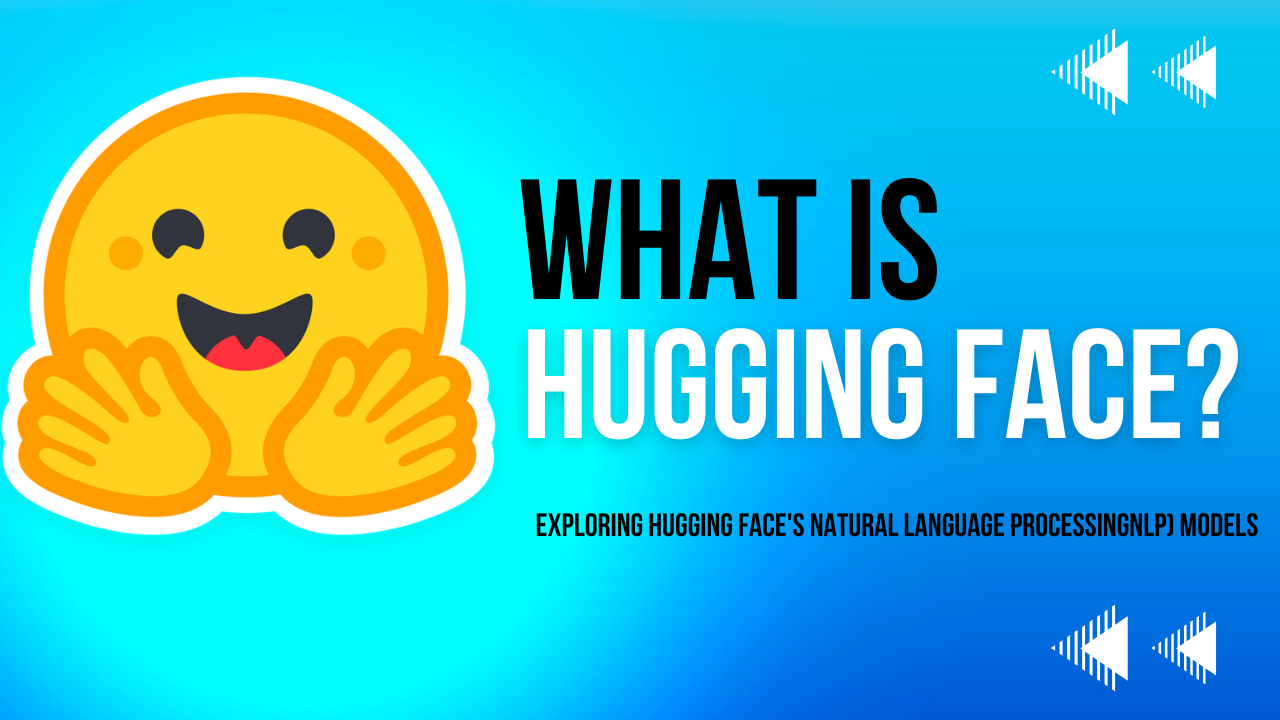Table of Contents
- I. Introduction
- II. Understanding Natural Language Processing (NLP)
- III. Introducing Hugging Face
- IV. The Transformer Architecture
- V. Exploring Hugging Face’s NLP Libraries
- VI. Deploying Hugging Face’s Models
- VII. Evaluating and Benchmarking Hugging Face’s Models
- VIII. Case Studies: Real-World Applications
- IX. Conclusion
I. Introduction
Natural Language Processing (NLP) has revolutionized the way we interact with computers and machines, enabling them to understand and process human language. Hugging Face, a prominent organization in the field of NLP, has played a pivotal role in advancing the capabilities of NLP models. This article aims to delve into the significance of Hugging Face’s NLP models and explore their potential to unlock new opportunities in various industries.
II. Understanding Natural Language Processing (NLP)
NLP refers to the field of study that focuses on enabling computers to understand and process human language in a meaningful way. Its applications are vast and encompass areas such as language translation, sentiment analysis, chatbots, text summarization, and more. Over the years, NLP has faced numerous challenges, including ambiguity, context comprehension, and scalability. However, advancements in technology and the development of efficient NLP models have paved the way for overcoming these difficulties and enhancing the accuracy and efficiency of language processing tasks.
III. Introducing Hugging Face

Hugging Face is an organization dedicated to advancing NLP research and providing accessible tools and resources for developers and researchers. Their mission revolves around democratizing NLP and making it accessible to a broader audience. Hugging Face has gained a strong reputation for its contributions to the field, particularly through its NLP models.
IV. The Transformer Architecture
The Transformer architecture, introduced by Vaswani et al. in 2017, has significantly contributed to the advancements in NLP models. This architecture primarily focuses on self-attention mechanisms, allowing models to process words in parallel rather than sequentially. This parallelism enables efficient learning and better capturing of context, leading to superior performance in tasks such as translation and sentiment analysis. Hugging Face has harnessed the power of the Transformer architecture to develop their own NLP models, which have gained widespread recognition for their impressive performance.
IV.A. Hugging Face’s NLP Models Powered by Transformers
Hugging Face’s NLP models, built on the foundation of the Transformer architecture, are at the forefront of the NLP landscape. These models offer a wide range of functionalities, including text classification, question-answering, and named entity recognition. They are designed to excel in various domains and industries, including healthcare, finance, and customer service. Leveraging cutting-edge techniques, Hugging Face’s models generate user-friendly results and provide accurate insights, enabling organizations to extract valuable information from textual data.
IV.B. Hugging Face’s Pretrained Model Hub
The Pretrained Model Hub is a notable feature provided by Hugging Face. This hub serves as a centralized repository for a wide range of pretrained NLP models, offering developers a convenient way to access and utilize state-of-the-art models. The hub provides a diverse selection of models based on different architectures, enabling users to choose the one that best suits their specific NLP task. By utilizing pretrained models, developers can save time and resources while benefiting from the exceptional performance of these models.
IV.C. Fine-tuning Hugging Face’s Models
Fine-tuning is a process in which pretrained models are further trained on specific datasets to adapt them to domain-specific tasks. Hugging Face’s models can be fine-tuned to achieve even better performance in specific applications. The process involves training the model on a task-specific dataset while retaining the initial knowledge acquired during pretraining. Hugging Face provides detailed guidelines and readily available resources, making the fine-tuning process accessible and efficient for developers. Numerous successful applications of fine-tuning Hugging Face’s models demonstrate their versatility and effectiveness.
V. Exploring Hugging Face’s NLP Libraries
Hugging Face offers a suite of NLP libraries that provide developers with valuable tools for various stages of the NLP pipeline. These libraries streamline the development process and enable efficient handling of tasks such as tokenization, text preprocessing, and dataset preparation.
V.A. Transformers Library
The Transformers library, developed by Hugging Face, is a comprehensive toolkit for training, fine-tuning, and utilizing state-of-the-art NLP models. It offers an extensive collection of pre-built models and utilities for handling natural language understanding and generation tasks. This library empowers developers to easily access and integrate powerful NLP models into their applications. The Transformers library’s rich set of features, such as model parallelism and attention visualization, opens up a wide array of possibilities for NLP development.
V.B. Tokenizers Library
The Tokenizers library, provided by Hugging Face, plays a crucial role in text preprocessing and tokenization tasks. Tokenization refers to the process of dividing text into smaller units, such as words or subwords, enabling NLP models to process and understand the content effectively. The Tokenizers library offers efficient tokenization algorithms, including state-of-the-art byte-level and word-level tokenization, providing developers with scalable and high-performance options.
V.C. Datasets Library
The Datasets library, developed by Hugging Face, simplifies the process of preparing and managing datasets for NLP tasks. It offers a wide range of curated datasets that cover various domains and languages. By utilizing the Datasets library, developers can easily access and preprocess datasets, enabling smooth integration with Hugging Face’s NLP models. This library greatly assists in handling data-related challenges, such as data cleaning, splitting, and shuffling, allowing developers to focus more on the core NLP tasks.
VI. Deploying Hugging Face’s Models
Once developers have trained or fine-tuned Hugging Face’s models, they can deploy them for practical use. Hugging Face provides various deployment options, including cloud-based and on-device deployment. Cloud-based deployment enables easy scalability, making models accessible via APIs. On-device deployment, on the other hand, allows models to run directly on user devices, ensuring privacy and reducing latency. Developers should consider factors such as data privacy, model size, and inference speed when choosing the most suitable deployment method.
VII. Evaluating and Benchmarking Hugging Face’s Models
Evaluation of NLP models is crucial to understand their performance and identify areas for improvement. Hugging Face provides benchmarking tools and methodologies to assess the performance and reliability of their models. Researchers and developers can compare different models and architectures using standardized evaluation metrics, enabling fair comparison and driving further advancements in the field of NLP.
VIII. Case Studies: Real-World Applications
Hugging Face’s NLP models have found great success in various real-world applications. From chatbots enhancing customer service to sentiment analysis improving brand reputation monitoring, these models have proven their effectiveness and impact. Case studies showcasing these applications shed light on the potential and opportunities that Hugging Face’s NLP models bring to different industries. Lessons learned from these case studies inform future developments and inspire further exploration of NLP’s potential.
IX. Conclusion
This article has highlighted the significance of Hugging Face’s NLP models and their role in advancing NLP research and development. With Hugging Face’s contributions, NLP capabilities have grown exponentially, enabling machines to understand and analyze human language more effectively. By exploring the potential of Hugging Face’s models and libraries, developers and researchers can unlock new possibilities in numerous domains and encourage further utilization of NLP for enhanced human-computer interaction.
Follow us on Instagram @digitalmonkey.in
Other Interesting articles and blogs to read – Artificial Intelligence




